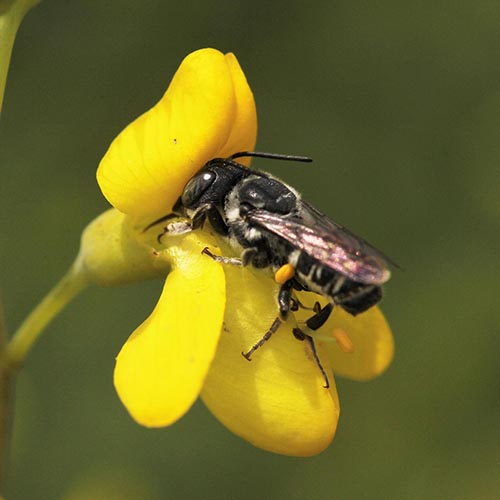
One of the most common questions I get is, “What should I plant for pollinators?” As you’ll hear in today’s conversation, I’m not the only one who frequently gets that question. It’s probably the most common question asked of anyone who promotes pollinator gardening.
Unfortunately, there isn’t a simple answer to that question because lots of different factors go into determining the best plants for any given area or situation. However, research into this topic can give us clues as to what plants might be good ones to consider for our own gardens.
In this episode, we are joined by Dr. Laura Russo. Laura is an Assistant Professor of Ecology and Evolutionary Biology at the University of Tennessee. She and her colleagues have been studying interactions between native plants and flower visiting insects. They recently published a report evaluating pollinator preferences of 18 different native plants in garden settings.
Laura and my conversation covers, not only some of the findings of the study, but also the complexities that go into conducting scientific research like this. There’s a lot more to it than simply planting a garden and seeing what visits the flowers. Recognizing those complexities can help us understand why this type of work is so important and why research related to planting for pollinators isn’t done as often or cover as many species as many of us might like.
Obviously, with only 18 different species in the study, there are a lot of species that were left out of the study. So, another one of the topics we talked about was their reasons for picking the species they picked for the study. We also discussed the importance of taking into account the gardener’s preferences, as well as, the pollinators’ preferences when planting for pollinators around our homes.
No project can ever test every single flowering plant out there under every single condition possible, but research like what Laura and her colleagues are doing is still really important. And you don’t have to live in east Tennessee for this research to be valuable, especially when you look at this research in conjunction with similar research from other areas.
By looking at projects from a variety of locations, patterns can emerge, such as a genus that is consistently popular among flower visiting insects. These patterns can give us hints as to generalizations that we can make and point us in potential directions to go in the absence of exhaustive research in our exact location.
Links:
Episode image:
- A leafcutter bee on a yellow wild indigo (Baptisia tinctoria) flower
- Photo credit: Laura Russo, all rights reserved
